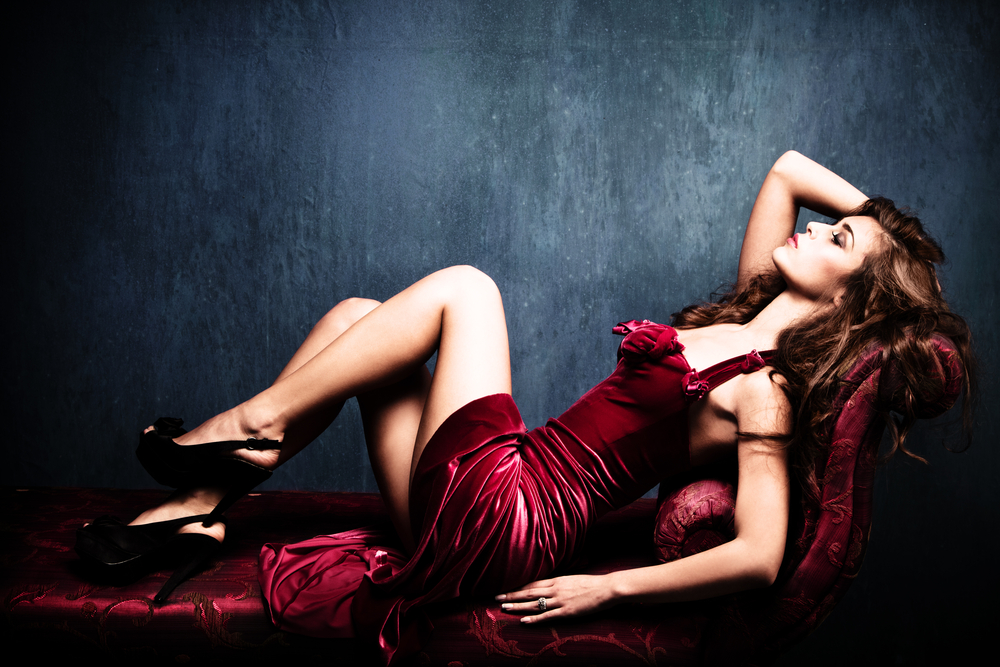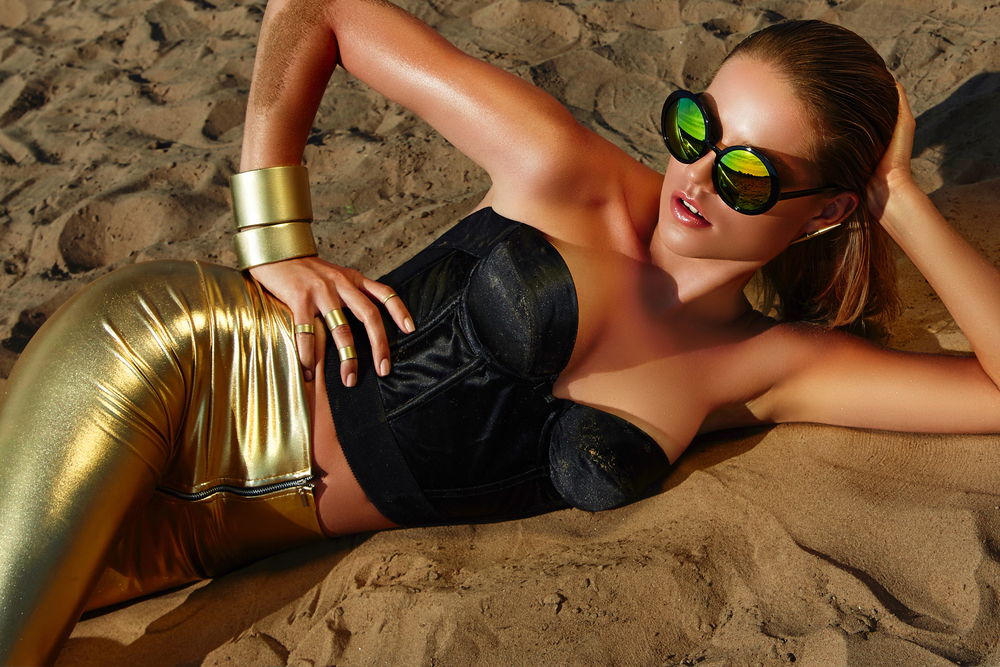
The Art of Mastering Modeling Techniques for Stunning Photoshoots: A Guide for Aspiring Models

Introduction:
Modeling is an art form that requires skill, dedication, and an understanding of various techniques to truly excel in the industry. Whether you're just starting your journey as a model or have some experience under your belt, mastering modeling techniques is essential to achieving stunning photoshoots. In this guide, we'll explore some of the key elements to consider, from posing and body language to facial expressions and connection with the camera. So, let's dive into the world of modeling and discover how you can elevate your skills to create breathtaking photoshoots.
1. Posing Techniques for Maximum Impact:
Posing is a fundamental aspect of modeling (or modelling) that can either make or break a photoshoot. The key is to strike poses that highlight your body's best features and create a sense of movement and elegance. Experiment with different poses by studying fashion magazines, observing successful models, or even practicing in front of a mirror. Develop a repertoire of go-to poses that can accentuate your strengths and convey different emotions or moods. Remember to also pay attention to your body angles, limb placement, and posture to ensure a flattering and natural look.
2. Perfecting Body Language:
Beyond posing, understanding and mastering body language is crucial for a successful photoshoot. Your body language should exude confidence, allure, and versatility depending on the concept or theme of the shoot. Practice enhancing your body language by working on fluid movements, maintaining eye contact with the camera, and being aware of the messages your body is conveying. The right body language can add depth and personality to your photos, making them more captivating and memorable.
3. Conveying Emotions through Facial Expressions:
Your face is an essential tool for conveying emotions and telling a story in a photoshoot. From a subtle smile to a fierce gaze, the way you express emotions can transform an image from ordinary to extraordinary. Take the time to explore and understand the wide range of facial expressions that can be utilized in modelling (or modeling) . Practice in front of a mirror to refine your ability to express different emotions naturally and convincingly. Remember that the eyes play a vital role in exhibiting emotions, so learn to use them effectively to captivate your audience.
4. Establishing a Connection with the Camera:
The camera is your partner in a photoshoot, and establishing a connection with it is integral to creating stunning images. To achieve a powerful connection, imagine the lens as the eyes of a person you're engaging with. Focus on building a relationship with the camera that exudes confidence, mystery, or any desired emotion. Maintain your gaze toward the camera, and let your eyes tell a story that draws viewers in. Practice this technique regularly to create a strong bond with the camera, resulting in captivating and authentic images.
5. Understanding Lighting and Its Impact:
Lighting is a vital element in photography that can dramatically affect the outcome of your photoshoot. Understanding different lighting techniques and how they interact with your features is essential for achieving stunning results. Study and experiment with different lighting setups to learn how they can enhance your natural beauty, sculpt your facial features, and create intriguing shadows and highlights. Familiarize yourself with concepts such as natural light, studio lighting, and artificial lighting to expand your knowledge and elevate your modelling skills.
6. The Importance of Versatility:
Versatility is an invaluable skill for any aspiring model. The ability to adapt to various concepts, styles, and themes allows you to showcase your range and increase your chances of booking diverse jobs. Experiment with different genres, such as fashion, editorial, commercial, or lifestyle modeling (by models) , to expand your versatility. Develop a diverse portfolio that showcases your ability to embody different characters and styles, proving that you can thrive in a variety of photoshoots.
7. Building a Professional Portfolio:
A well-crafted portfolio is essential for any aspiring model. It serves as a visual resume that showcases your skills, versatility, and potential to clients and agencies. Curate a collection of your best images, focusing on variety and quality rather than quantity. Collaborate with experienced photographers, stylists, and makeup artists to ensure you have a range of high-quality photographs that represent your unique style and potential. Regularly update your portfolio as you gain more experience and refine your skills.
Frequently Asked Questions:
Q1: How important is it to take modeling classes or workshops?A1: Modeling classes or workshops can be extremely beneficial for aspiring models. They provide valuable guidance, training, and opportunities to network within the industry. Taking classes can help you learn posing techniques, understand industry standards, boost your confidence, and gain insight from experienced professionals.
Q2: How can I improve my runway skills as a model?
A2: Improving your runway skills requires practice, proper posture, and confidence. Take advantage of runway classes, practice walking in heels, and study videos of successful runway models. Practice your posture, arm swing, and turns, ensuring a smooth and confident walk that captures attention.
Q3: What should I wear to a modeling casting or audition?
A3: When attending castings or auditions, opt for simple and form-fitting attire that allows casting directors to clearly see your physique. Wear minimal makeup, keep your hair simple, and choose basic clothing that can be easily removed or layered for different looks.
Q4: How can I build a strong network in the modeling industry?
A4: Building a strong network in the modeling industry requires networking, attending industry events, and creating relationships with professionals in the field. Utilize social media platforms, join modeling groups, and attend fashion shows or industry conferences to connect with photographers, designers, and agencies.
Q5: What is the best way to handle rejection in the modeling industry?
A5: Rejection is a part of the modeling industry, and it's crucial to not take it personally. Learn from each experience, use rejection as motivation to improve, and keep developing your skills and portfolio. Stay positive, focus on your goals, and remember that every successful model has faced rejection at some point.
Conclusion:
Mastering modeling techniques is an ongoing process that requires dedication and practice. By incorporating these tips and techniques into your modeling journey, you can elevate your skills, create stunning photoshoots, and increase your chances of success in the industry. Remember to remain confident, versatile, and continuously strive to improve your craft. Embrace the art of modeling and watch as it opens doors, allowing you to express your creativity and captivate audiences through breathtaking images.
Other useful resources
- https://en.wikipedia.org/wiki/Category:Modeling_(profession)
- https://www.planetmodelphoto.com/models/modeling/usa/charlotte/nc-north-carolina
- https://en.wikipedia.org/wiki/Modeling_agency